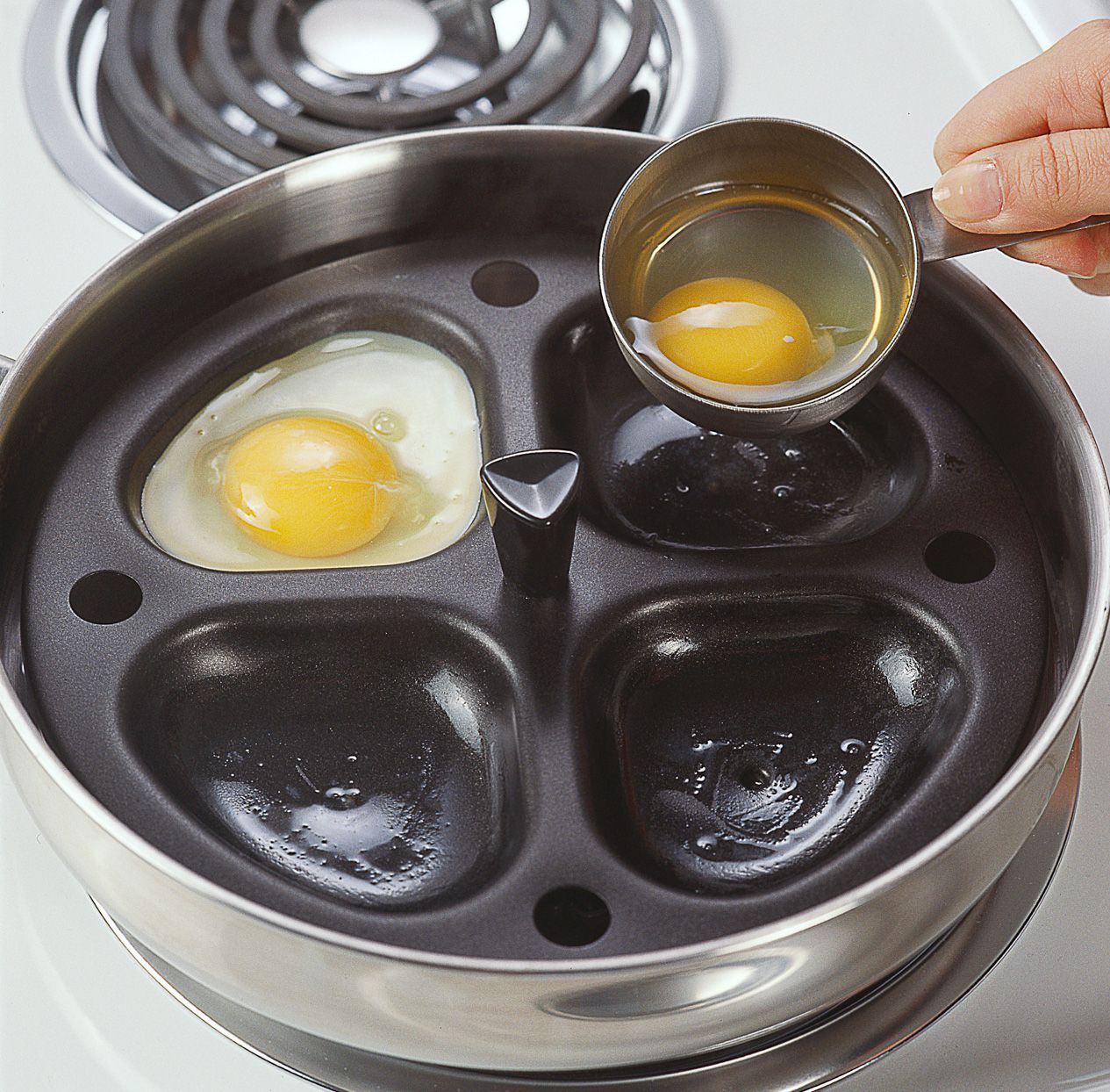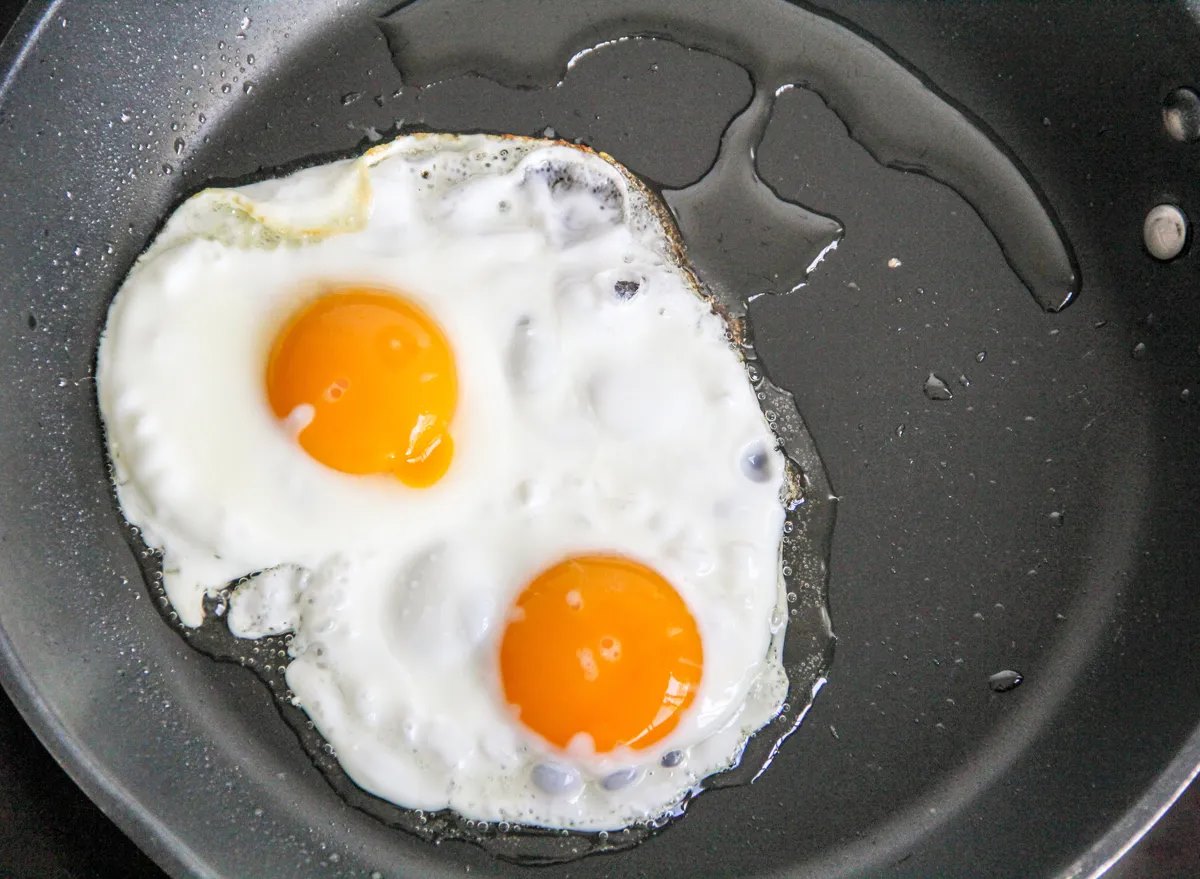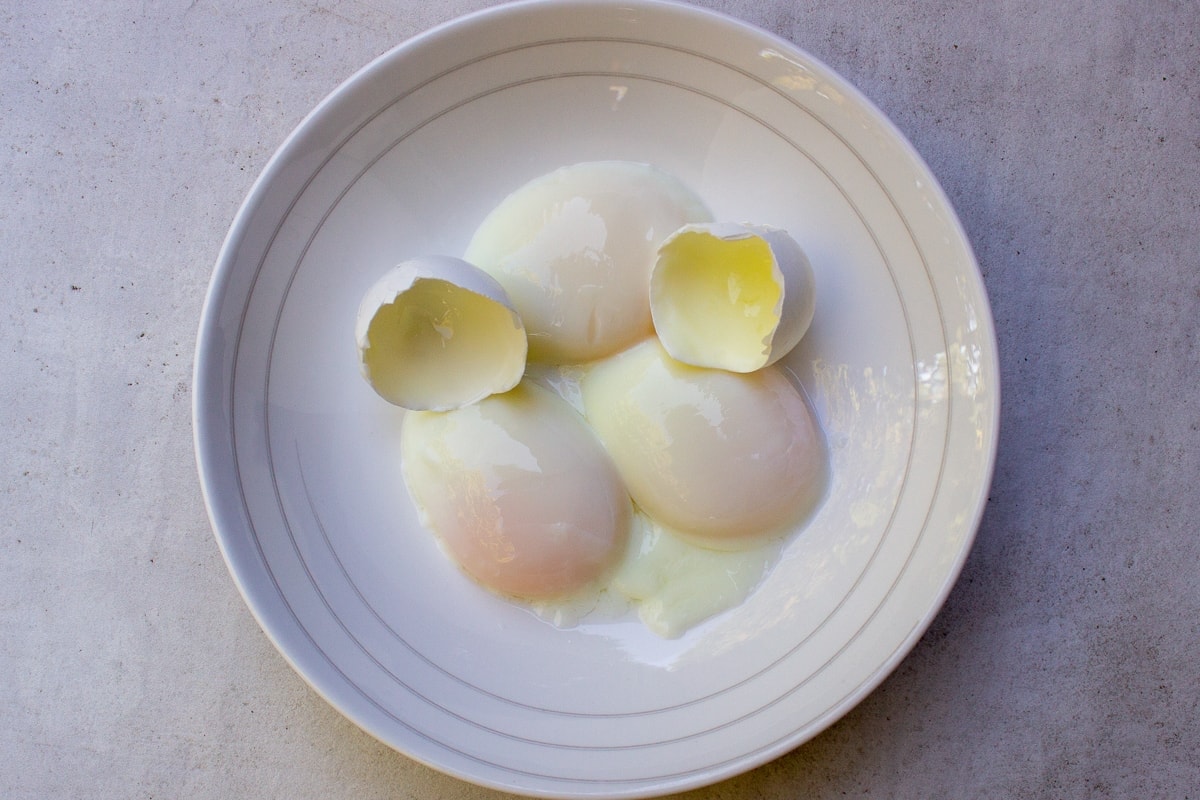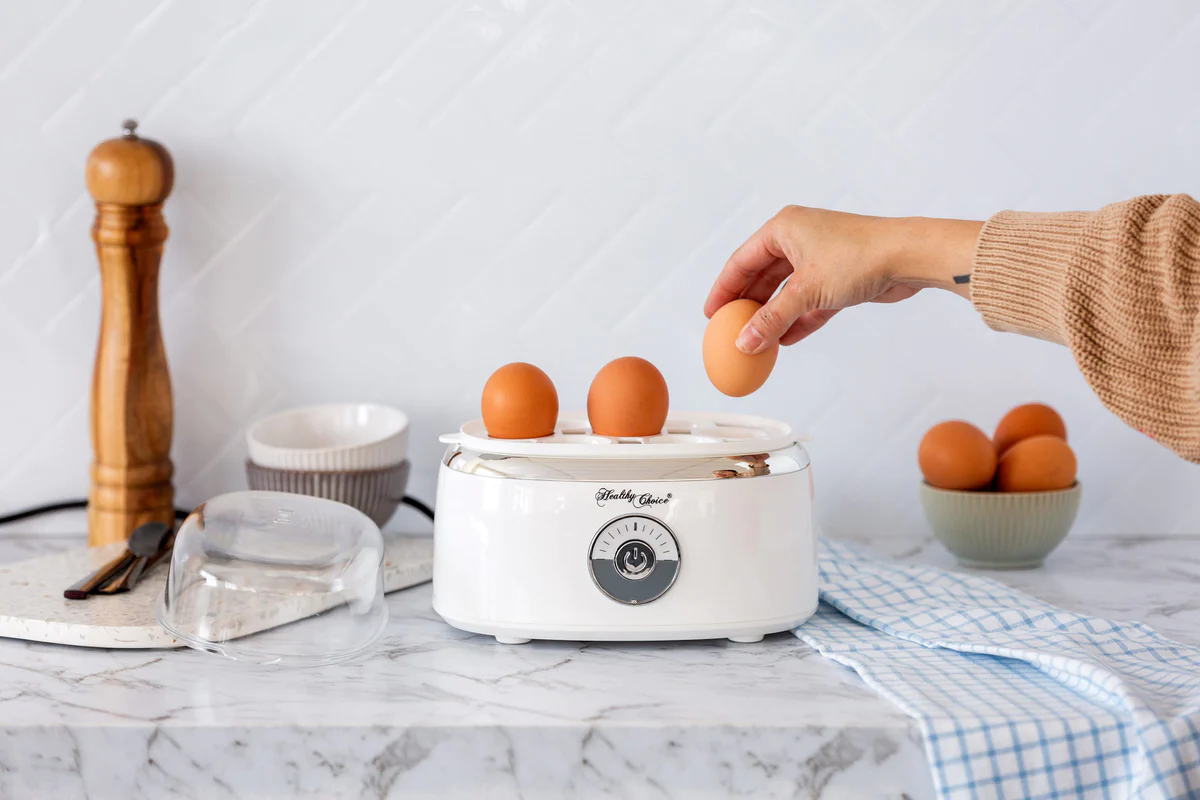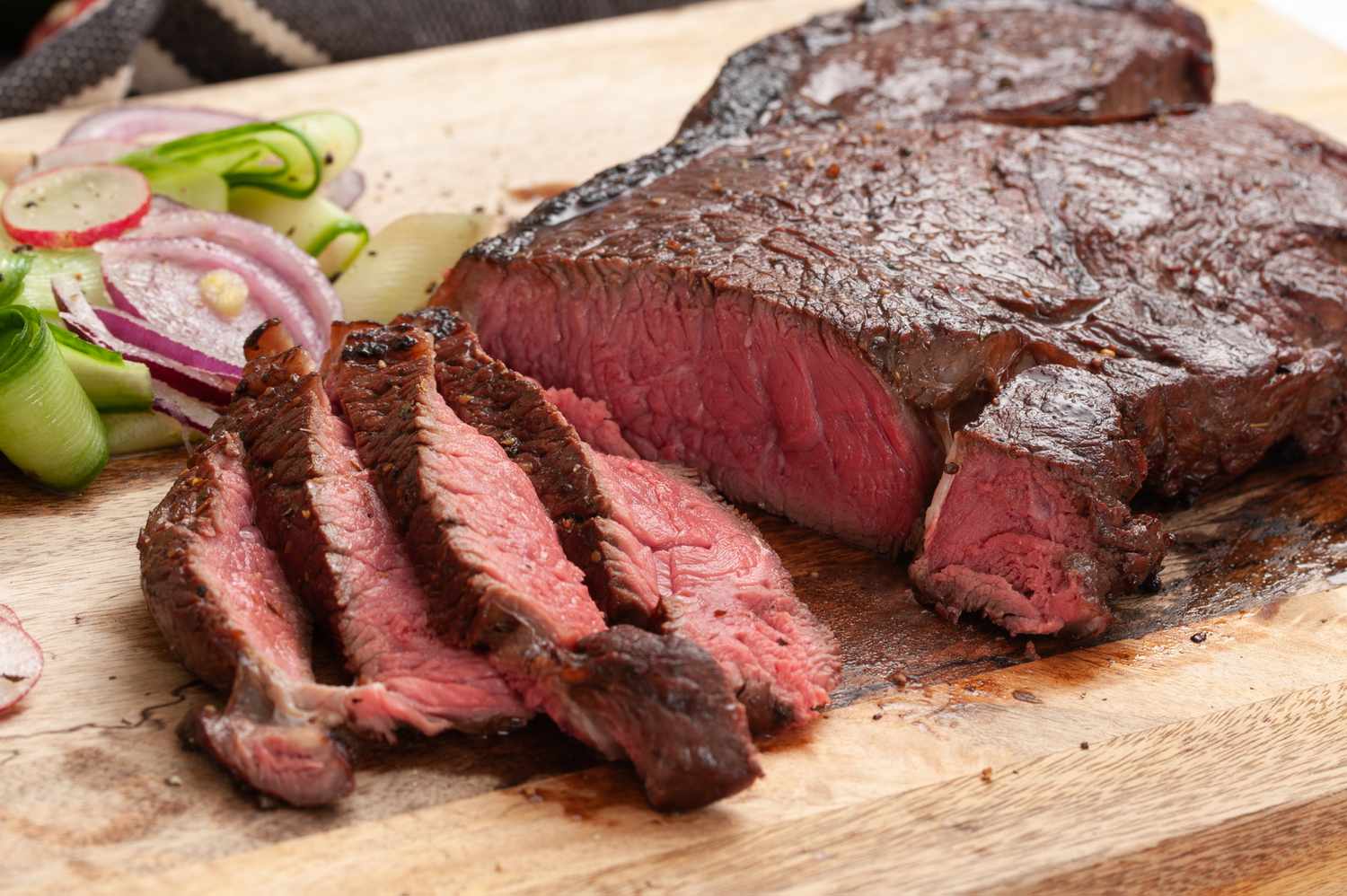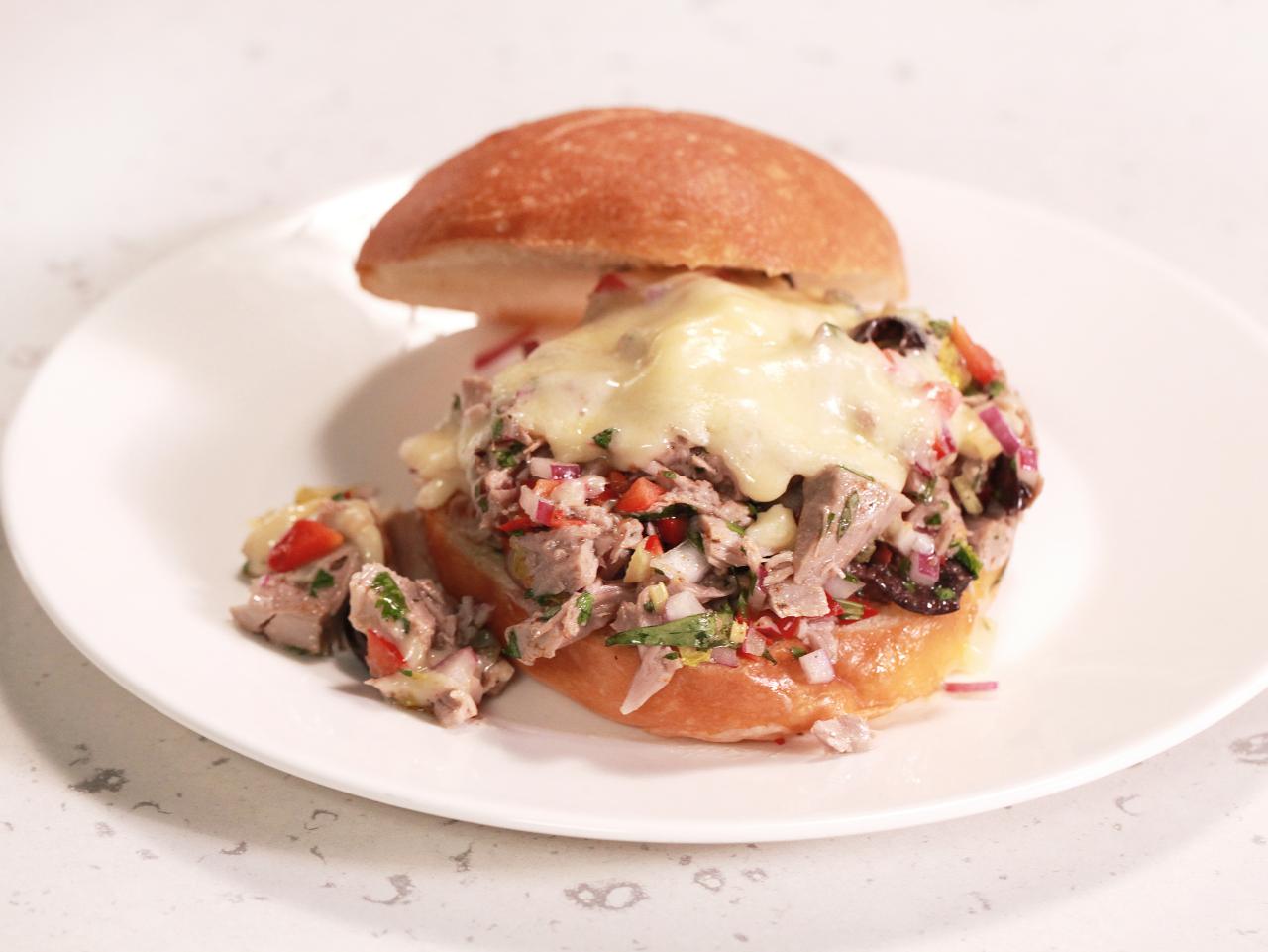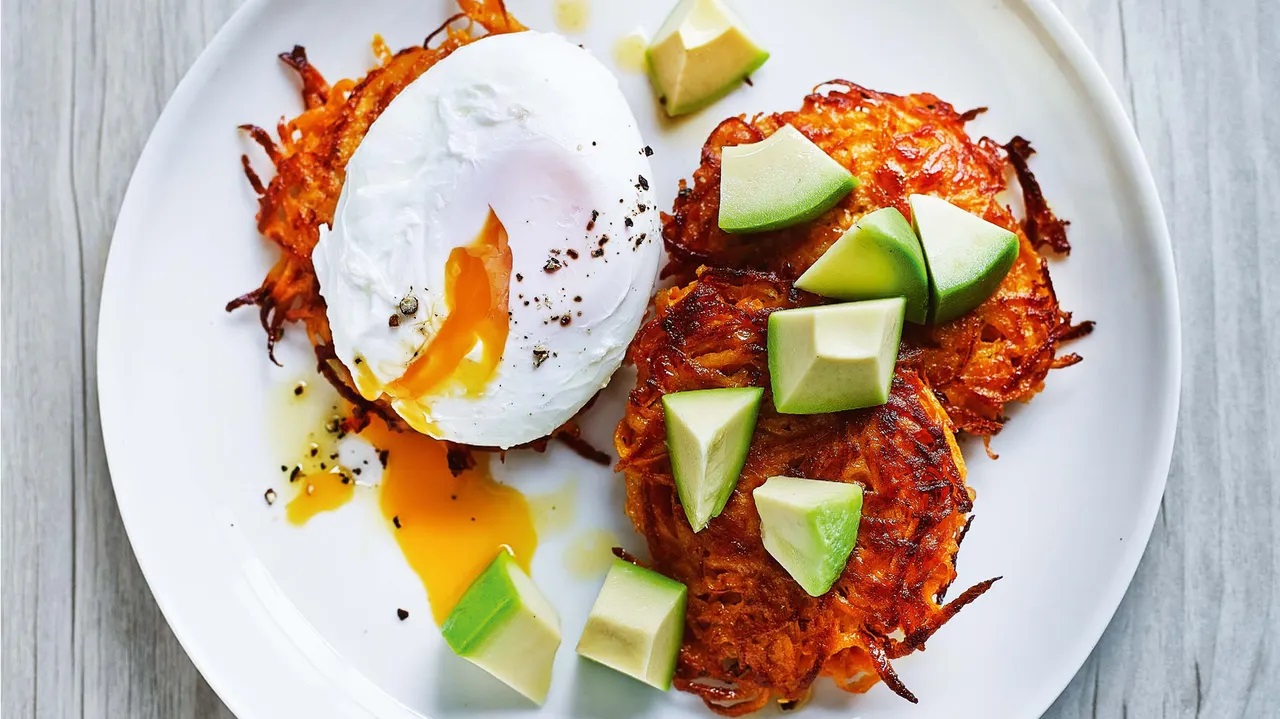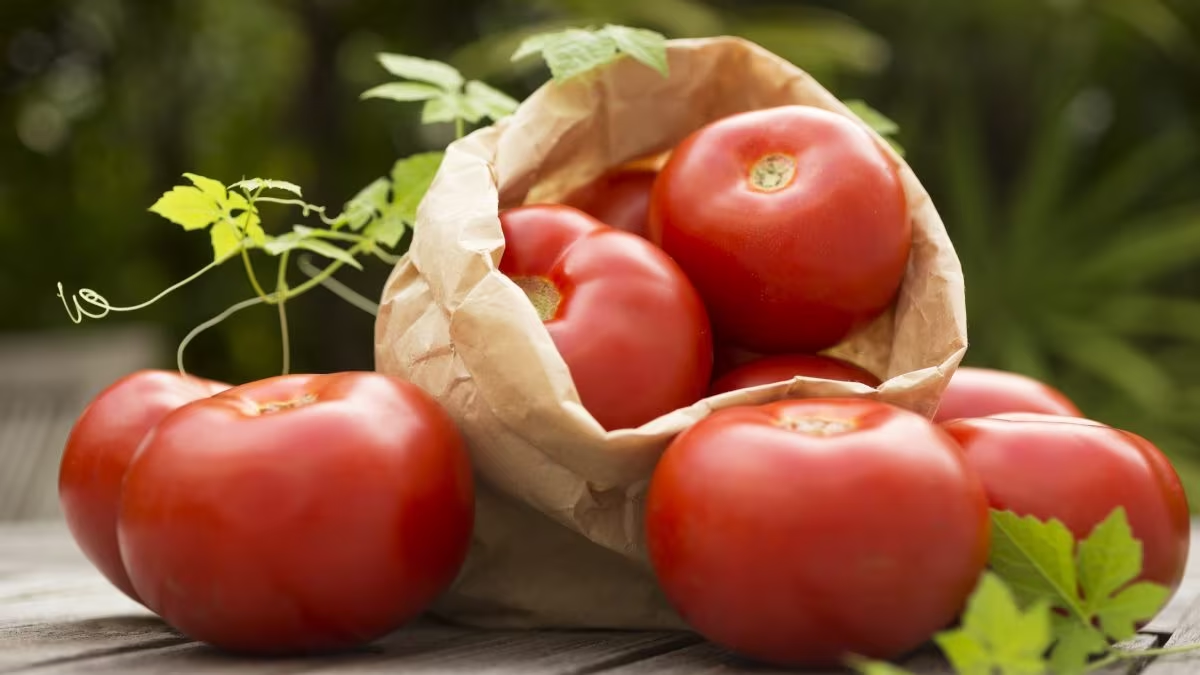Mastering the Art of Poaching an Egg in a Frying Pan
Are you ready to elevate your egg-cooking skills to the next level? Poaching an egg in a frying pan is a simple yet impressive technique that can take your breakfast game up a notch. With just a few key steps, you can achieve perfectly poached eggs that are ready to be served on toast, salads, or enjoyed on their own. Let’s dive into the process of poaching an egg in water in a frying pan and master this classic cooking method.
What You’ll Need
Before you get started, gather the following essentials:
- A frying pan
- Water
- Eggs
- Vinegar (optional)
- Slotted spoon
- Paper towels
The Poaching Process
Now that you have your supplies ready, it’s time to begin the poaching process. Follow these simple steps:
- Heat the Water: Fill your frying pan with water, ensuring that it’s deep enough to fully submerge an egg. Bring the water to a gentle simmer over medium heat. If desired, add a splash of vinegar to the water, which can help the egg whites to coagulate more quickly.
- Crack the Egg: Carefully crack an egg into a small bowl or ramekin. This step can help prevent any shell fragments from ending up in the water.
- Slide the Egg Into the Water: Using the small bowl or ramekin, gently slide the cracked egg into the simmering water. Be cautious not to break the yolk during this process.
- Monitor the Egg: Allow the egg to poach in the water for about 3-4 minutes. During this time, the egg white should set, while the yolk remains runny. Use a slotted spoon to carefully lift the egg from the water and transfer it to a plate lined with paper towels to drain any excess water.
Tips for Success
While poaching an egg in a frying pan is a relatively straightforward process, there are a few tips that can help you achieve the best results:
- Use fresh eggs for optimal poaching results. The whites of fresh eggs tend to hold together better than older eggs.
- Don’t overcrowd the pan. Poaching one or two eggs at a time can help ensure that each egg retains its shape and cooks evenly.
- Keep an eye on the water temperature. It’s important to maintain a gentle simmer to prevent the water from boiling vigorously, which can break apart the delicate egg whites.
- Experiment with different cooking times to achieve your desired level of doneness. If you prefer a firmer yolk, you can poach the egg for an additional minute or two.
Enjoying Your Poached Eggs
Once you’ve mastered the art of poaching an egg in a frying pan, the culinary possibilities are endless. Serve your perfectly poached eggs on avocado toast, atop a bed of sautéed greens, or alongside crispy bacon for a delicious breakfast or brunch option. Get creative with your presentations and savor the delightful, creamy texture of a well-poached egg.
With a little practice and the right technique, you can become a pro at poaching eggs in a frying pan, impressing your friends and family with your culinary prowess. So, grab your frying pan and get ready to enjoy the simple yet elegant pleasure of perfectly poached eggs!
If you're eager to put your newly acquired egg-poaching skills to the test, there are plenty of recipes you can try. For a simple yet delightful breakfast option, consider Avocado Toast with Poached Egg Recipe. If you're in the mood for something a bit more substantial, Poached Egg and Lentil Salad Recipe offers a hearty and nutritious meal. For a classic brunch favorite, Classic Eggs Benedict Recipe is always a hit. For those seeking a bit of indulgence, Poached Egg on Sourdough with Smoked Salmon Recipe combines rich flavors with a satisfying crunch. And if you're looking to impress at dinner, Poached Egg on Polenta with Roasted Vegetables Recipe provides a sophisticated and delicious option. These recipes not only allow you to practice poaching eggs but also help you create a variety of delicious meals that highlight the versatility of this cooking technique.
